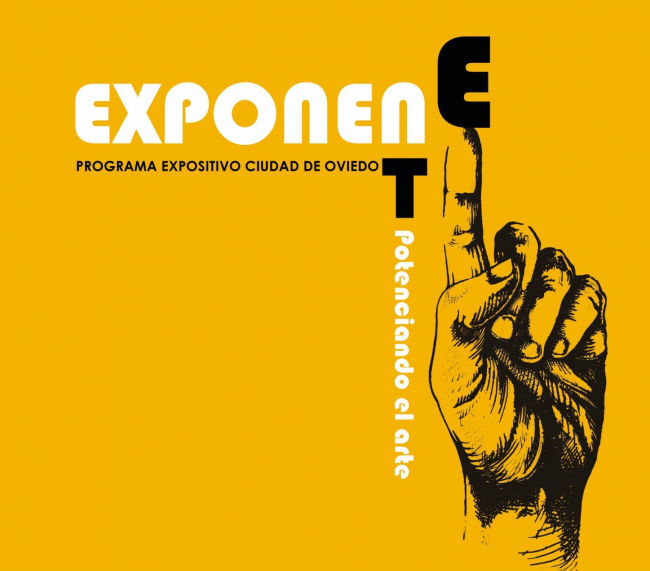Descripción de la Exposición
La obra de Teresa Patiño trasciende definiciones. Se inserta en la historia antigua de la artesanía combinada con el modernismo y el lenguaje artístico de los siglos XX y XXI.
"Junto con las pinturas rupestres, los hilos fueron uno de los primeros transmisores de significado", escribe la artista Annie Albers en su famoso libro On weaving (1965). Al observar los bordados de Teresa, el trabajo experimental de Albers viene a la mente junto con muchas artistas feministas de la década de 1970, como Miriam Schapiro, Joyce Kozloff o Maria Lai, mujeres cuyo objetivo era devolver el color, la diversidad y la emoción al arte. Las influencias de Teresa son muchas, desde los bordados decorativos japoneses nihon shishu, hasta las tradiciones textiles prehispánicas mezcladas con la elegancia de la Secesión Vienesa y el formalismo de la Bahaus.
Formada como diseñadora de moda y especializada en bordado de alta costura, Teresa Patiño juega con diferentes técnicas mediante las cuales manifiesta una intersección de diferentes materiales, colores y formas, figuración y abstracción. Como Kandinsky introdujo en su obra teórica De lo Espiritual en el Arte (1912), el objetivo de los artistas no es dominar una técnica, sino adaptar la forma a su significado interno. Trabajando intuitivamente, primero dibuja a mano sobre papel, luego corta cada forma y las reorganiza en infinitas posibilidades. Como ejercicio meditativo continuo, el trabajo está en un flujo, mutando en cada paso analógico antes de ser llevado al textil.
Como parte de TATÁ, su primera exposición en The 451 Shop, Teresa Patiño presenta una serie de nuevos bordados, todos ellos realizados en 2020. Cada una de las obras es única y es el resultado de un proceso asociativo mixto de materiales y técnicas.
"La obra terminada es a menudo ajena y, a veces, muy en desacuerdo con lo que el artista sintió o quiso expresar cuando comenzó", escribe la artista Louise Bourgeois en 1954.
Los coloridos tejidos pictóricos de Teresa Patiño tienen la fuerza de un lenguaje simbólico cuyo significado nos llega inesperadamente pero que hablan no solo a nuestros sentidos sino también a nuestra alma. ¿Estás abierto a escuchar?
_Attilia Fattori Franchini
____
The work of Teresa Patino strascend definitions. It insert itself in the ancient history of craft combined with modernism and the artistic language of the twenty-century.
‘Along with cave paintings, threads were among the earliest transmitters of meaning’, writes artist Annie Albers in her famous book On waving (1965). Looking at Patino’s small-scale pictorial wavings Albers experimental work comes to mind along many 1970s feminist artists like Miriam Schapiro, Joyce Kozloff and Maria Lai, to only name a few, aimed to bring color, formal diversity, and emotion back into art. Patino influences are many from japanese decorative embroideries nihon shishu, to pre-hispanic waving traditions mixed with the elegance of Viennese Secession and the formalism of the Bahaus.
Formally trained as fashion designer and specialised in haute couture embroidery, Patino plays with different techniques to manifest an intersection of different materials, color and shapes, figuration and abstraction. As Kandinsky introduced in his theoretical work Concerning the Spiritual in Art (1912) the goal of artists is not to master a technique but rather to adapt form to its inner meaning. Working intuitively Patino first hand-draws with panthons and watercolours on paper then cuts each shape and riassembles them in infinite possibilities. As a continuos meditative exercise, the work is in flux mutating at each analogue step before being brought onto textile. As part of TATA, her first exhibition at 451 Shop, Oviedo, Patino will present a series of new weaving all made in 2020, each of the works is unique and the result of a mixed associative process of materials and techniques.
‘The finished work is often a stranger to, and sometimes very much at odds with what the artist felt, or wished to express when he began’ writes the artist Louise Bourgeois in 1954.
Patino’s colorful pictorial weavings have the force of a symbolic language which meaning reaches us unexpectedly yet they speak not only to our senses but also to our soul. Are you open to listen?
_ Attilia Fattori Franchini

Exposición. 01 dic de 2020 - 31 ene de 2021 / Varios espacios de Oviedo / Oviedo, Asturias, España

Formación. 08 may de 2025 - 17 may de 2025 / Museo Nacional Centro de Arte Reina Sofía (MNCARS) / Madrid, España